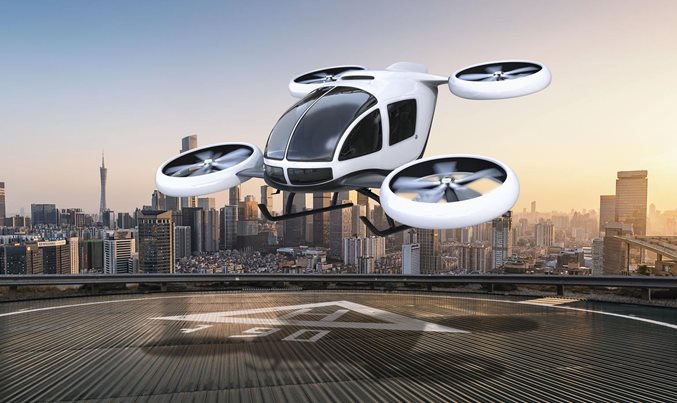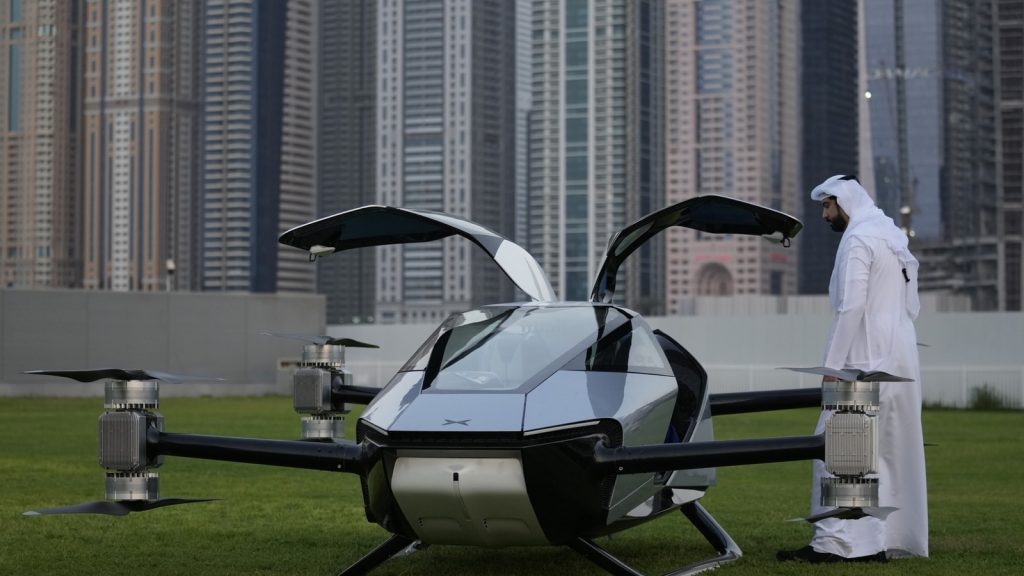
Skyward Bound: Are Flying Taxis the Future of Urban Mobility?
The concept of flying taxis whizzing through the air, transcending traditional transportation limitations, may seem like a figment of a science fiction writer’s imagination. However, technological advancements are turning this fantasy into reality, reshaping the future of urban mobility. This article explores the evolution and potential impact of flying taxis, assessing whether they could indeed be the transportation mode of the future.
The Advent of Aerial Taxis
Flying taxis, or urban air mobility vehicles, are poised to revolutionize transportation, offering a novel approach to combating congestion and enhancing connectivity. Several companies are in the race to develop viable flying taxi models, pushing the boundaries of aviation and automotive technology.
The envisioned flying taxis would operate on vertical take-off and landing (VTOL) technology, eliminating the need for runways. This technology enables flying taxis to integrate seamlessly into urban landscapes, utilizing rooftops and designated pads for take-offs and landings.
Initial concepts propose that flying taxis would be electric, promoting sustainability by mitigating emissions and reducing environmental footprint. The fusion of innovation and sustainability within flying taxis signifies a step forward in reshaping urban transit systems.
Challenges and Considerations
Despite the promising prospects, the journey to mainstreaming flying taxis is laden with challenges. Airspace management, safety, infrastructure development, and public acceptance are crucial hurdles that need addressing.
Implementing effective air traffic control systems is imperative to manage the influx of new aerial vehicles. Likewise, establishing robust safety protocols is essential to gain public trust and ensure the well-being of passengers and urban dwellers alike.

Impact on Urban Life
The integration of flying taxis into urban transport networks could alleviate traffic congestion, reduce travel times, and enhance accessibility. By providing a fast and efficient transport alternative, flying taxis could transform urban living, enabling people to live farther from crowded city centers without compromising on commute times.
Moreover, flying taxis could potentially foster economic growth, creating jobs, and stimulating advancements in related sectors such as energy, infrastructure, and technology.
Conclusion: The Future of Mobility?
Flying taxis represent a convergence of vision and innovation, offering a glimpse into the future of urban mobility. They hold the potential to redefine transportation, making it more efficient, sustainable, and interconnected.
While the path to realization is intricate and challenging, the transformative potential of flying taxis is undeniable. They could be the harbinger of a new transportation era, where the sky is no longer the limit but the way forward.
